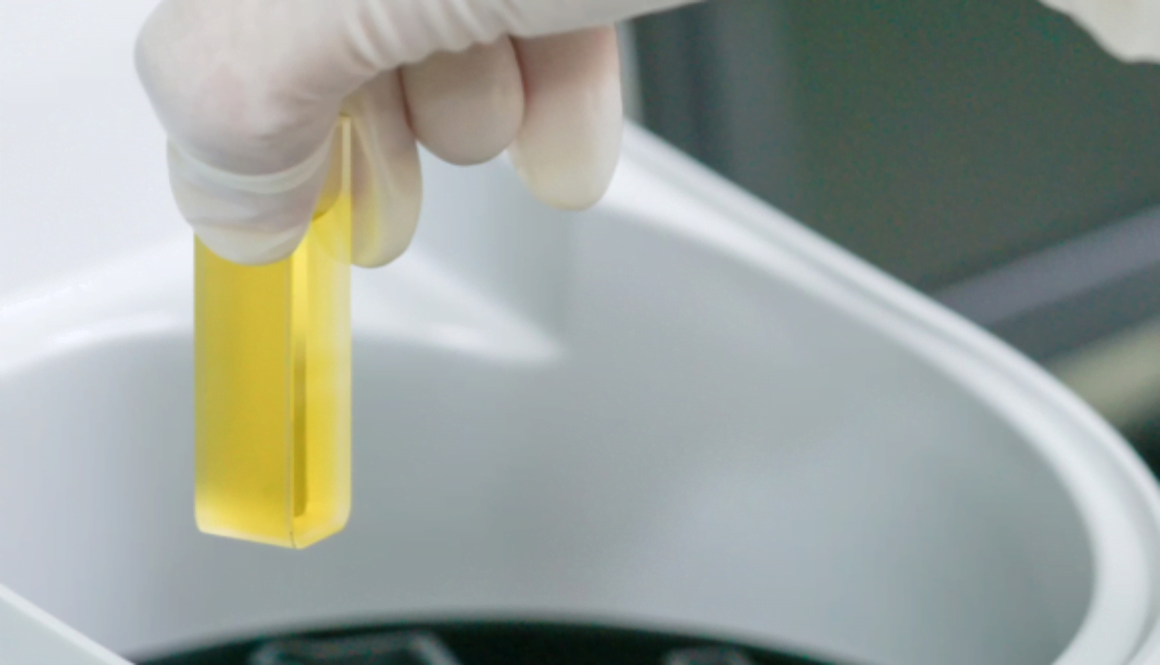ANALYTICAL METHODS FOR VITAMIN PREMIX DETECTION
Vitamin premixes are concentrated blends of essential vitamins crucial for optimal animal health, production, and well-being. But how do we ensure these premixes contain the declared levels of vitamins? Through this blog, we explore analytical methods for detecting vitamin premix composition.
ANALYTICAL TECHNIQUES FOR VITAMIN PREMIX DETECTION
Several analytical methods are employed to determine vitamin content in premixes:

- High-Performance Liquid Chromatography (HPLC): A popular technique, HPLC separates and quantifies vitamins based on their chemical properties. It utilizes a column, a mobile phase, and a detector (UV, fluorescence) to identify and measure specific vitamins.
- Liquid Chromatography with Mass Spectrometry (LC-MS): This powerful technique combines HPLC separation with MS identification. LC-MS offers high specificity and sensitivity, accurately detecting individual vitamins even in complex mixtures.
- Microbiological Assays: These assays utilize microorganisms requiring specific growth vitamins. The growth response of the microorganisms can be correlated with the vitamin content in the sample. This method is less expensive than HPLC or LC-MS but might require longer analysis times.
- Spectrophotometry: This method measures the light absorbance of vitamins at specific wavelengths. While relatively simple and inexpensive, it can be less specific and may require prior separation steps to isolate target vitamins.
CHOOSING THE RIGHT METHOD
The optimal method depends on several factors:
- Vitamins in the Blend: Consider the specific vitamins and their properties. Some methods excel with specific types (e.g., HPLC for B vitamins, LC-MS for fat-soluble vitamins).
- Required Sensitivity and Specificity: HPLC and LC-MS offer high sensitivity and specificity for detecting low vitamin concentrations and differentiating similar compounds.
- Cost and Availability: HPLC is more widely available and cost-effective, while LC-MS requires specialized equipment.
- Sample Matrix: The composition of the vitamin blend (e.g., tablets, capsules, powders) might influence the choice of sample preparation techniques before analysis.
BENEFITS
The benefits of these analytical methods include:
- Accurate Vitamin Quantification: These methods provide precise measurements of individual vitamins in premixes.
- Quality Control: Regular analysis ensures premixes meet the declared vitamin content.
- Regulatory Compliance: Testing helps manufacturers comply with regulations governing animal feed composition.
LIMITATIONS
- Sample Preparation: Proper sample preparation is crucial for accurate results and can be complex for some techniques.
- Cost and Expertise: Advanced techniques like LC-MS require specialized equipment and expertise.
- Method Specificity: Some methods might require additional steps to separate interfering compounds and ensure accurate vitamin identification.
ADDITIONAL CONSIDERATIONS
- Sample Preparation: Proper preparation is crucial for accurate results. This may involve homogenization, extraction with specific solvents, and filtration to isolate vitamins from the blend matrix.
- Method Validation: The chosen method should be validated to ensure its accuracy, precision, linearity, limit of detection (LOD), and limit of quantification (LOQ) for the specific vitamins of interest.
- Regulatory Requirements: If the vitamin blend is intended for human consumption, adhering to relevant regulatory guidelines for vitamin analysis might be necessary.
CONCLUSION
A combination of analytical techniques like HPLC, LC-MS, and potentially microbiological assays can be used for comprehensive analysis of vitamin blends. The specific choice depends on the blend’s composition, desired level of detail, and budget constraints. By employing these methods, manufacturers can ensure the quality and consistency of their vitamin blends, while researchers can gain valuable insights into the nutritional profile of these products.
